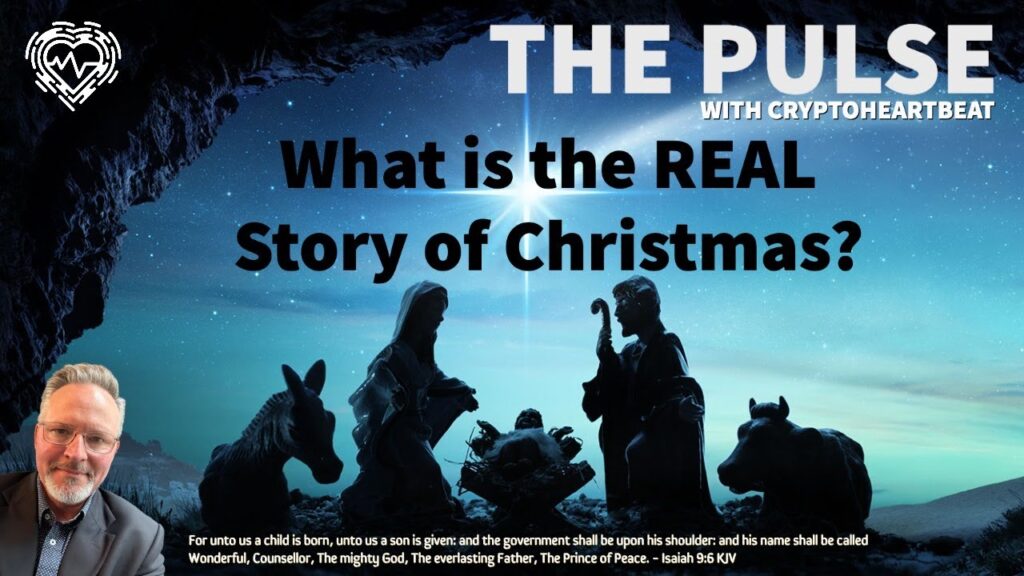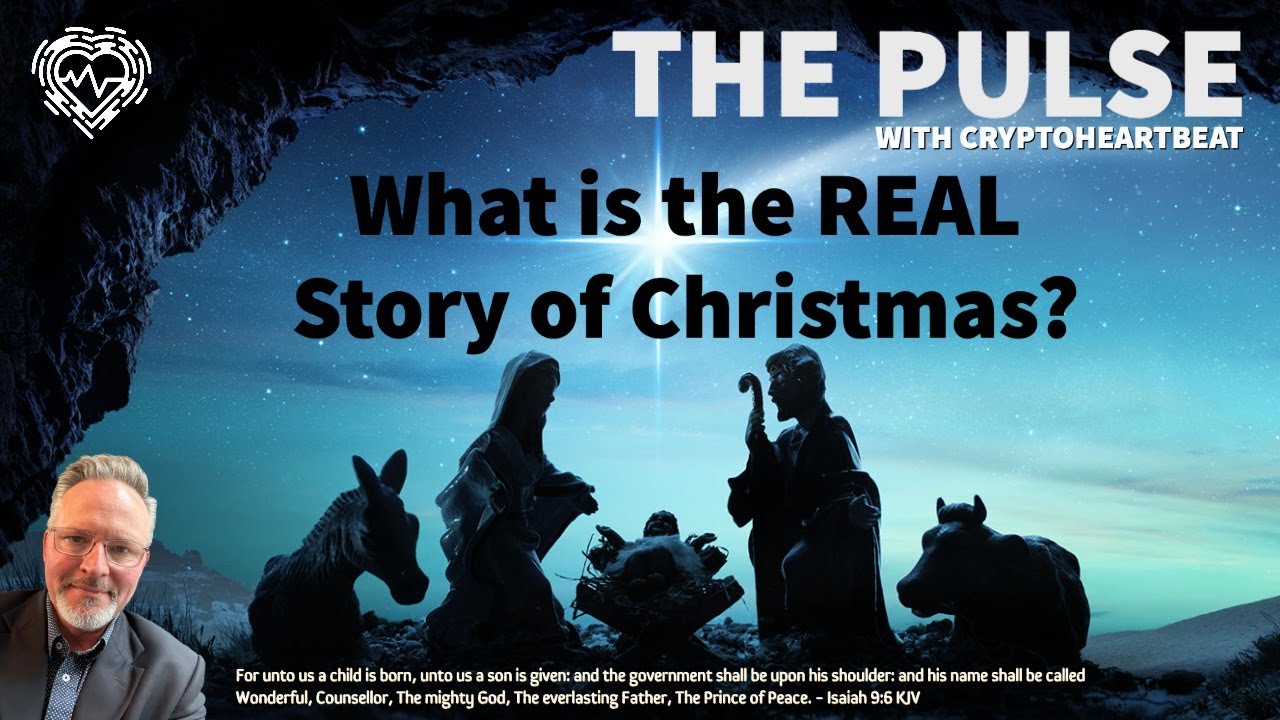
The Real Story of Xmas: Unveiling the Historical Roots and Modern Traditions
The term “Xmas” is often used interchangeably with Christmas, but its origins and significance are frequently misunderstood. Delving into the real story of Xmas reveals a fascinating blend of historical, religious, and cultural influences that have shaped the holiday we celebrate today. From its ancient roots to its modern interpretations, understanding the real story of Xmas offers a richer appreciation of this festive season.
The Etymological Origins of Xmas
The abbreviation “Xmas” dates back centuries. The “X” is not a dismissive shorthand but rather a representation of the Greek letter Chi (Χ), which is the first letter of the Greek word Χριστός (Christos), meaning Christ. Therefore, Xmas is a perfectly legitimate and historically accurate way to refer to Christmas. Its usage can be traced back to at least the 16th century, showing that the real story of Xmas is one deeply intertwined with religious tradition.
Early Christians frequently used Chi to represent Christ, and it was often incorporated into religious symbols and artwork. Over time, the abbreviation Xmas became a convenient and widely accepted alternative to writing out the full word Christmas, especially in contexts where space was limited or brevity was desired. This is a key element in understanding the real story of Xmas.
The Pagan Roots of Christmas
While Xmas is inextricably linked to Christianity, the holiday’s origins are also intertwined with ancient pagan traditions. Many of the customs associated with Christmas, such as decorating with evergreens, lighting candles, and feasting, predate the birth of Christ and were originally associated with winter solstice celebrations. These traditions were often incorporated into the Christian observance of Christmas as the religion spread throughout Europe. The real story of Xmas therefore includes acknowledging these pre-Christian influences.
The Roman festival of Saturnalia, held in December, was a time of feasting, revelry, and gift-giving. Similarly, the Germanic peoples celebrated Yule, a winter festival that involved burning a Yule log and decorating with evergreen branches. These pagan traditions were gradually assimilated into the Christian celebration of Christmas, contributing to the diverse and complex tapestry of the holiday. Recognizing this integration is crucial to understanding the real story of Xmas.
The Birth of Jesus and the Christian Narrative
At the heart of the real story of Xmas is the Christian narrative of the birth of Jesus Christ in Bethlehem. According to the Gospels, Jesus was born to the Virgin Mary in a manger, and his birth was heralded by angels and visited by shepherds and wise men bearing gifts. This event is considered a pivotal moment in Christian history and is the central focus of the Christmas celebration.
The date of December 25th was chosen as the day to celebrate the birth of Jesus, although the actual date of his birth is unknown. This date may have been chosen to coincide with existing winter solstice festivals, making it easier for early Christians to convert pagans to Christianity. Understanding the historical context surrounding the selection of this date is vital to grasping the real story of Xmas.
The Evolution of Christmas Traditions
Over the centuries, Christmas traditions have evolved and diversified, incorporating elements from various cultures and historical periods. The Victorian era, in particular, played a significant role in shaping the modern Christmas we know today. During this time, traditions such as decorating Christmas trees, sending Christmas cards, and giving gifts became increasingly popular. Exploring this evolution is essential to the real story of Xmas.
The figure of Santa Claus, also known as Saint Nicholas, has also become a central figure in the Christmas narrative. Santa Claus is based on a historical figure, Saint Nicholas of Myra, a 4th-century Greek bishop known for his generosity and kindness. Over time, the legend of Saint Nicholas evolved into the modern-day Santa Claus, who delivers presents to children on Christmas Eve. Learning about the evolution of Santa is part of the real story of Xmas. [See also: History of Santa Claus]
The Commercialization of Christmas
In recent years, Christmas has become increasingly commercialized, with a greater emphasis on shopping, gift-giving, and consumerism. This commercialization has led to concerns about the true meaning of Christmas being lost amidst the holiday frenzy. Examining the impact of commercialization is an important aspect of the real story of Xmas.
While the commercial aspects of Christmas can be overwhelming, it’s important to remember the underlying values of generosity, compassion, and goodwill that are at the heart of the holiday. By focusing on these values, we can celebrate Christmas in a way that is both meaningful and fulfilling. This perspective is crucial for understanding the real story of Xmas and how to celebrate it authentically.
Xmas Around the World
Christmas is celebrated in various ways around the world, reflecting the diverse cultures and traditions of different countries. In some countries, Christmas is a primarily religious holiday, while in others, it is a more secular celebration. Exploring these diverse celebrations contributes to the real story of Xmas.
For example, in Mexico, Christmas is celebrated with a series of posadas, which are processions that reenact the journey of Mary and Joseph to Bethlehem. In Sweden, Christmas is celebrated with a traditional Julbord, a smorgasbord of festive dishes. These diverse traditions add to the richness and complexity of the real story of Xmas.
The Enduring Significance of Xmas
Despite its commercialization and the diverse interpretations of its meaning, Xmas continues to hold a special place in the hearts of millions of people around the world. It is a time for family, friends, and community, a time for giving and receiving, and a time for reflection and renewal. Understanding this enduring significance is key to the real story of Xmas.
Whether you celebrate Christmas as a religious holiday or a secular celebration, the real story of Xmas is one of hope, joy, and goodwill. By understanding its historical roots, its diverse traditions, and its enduring significance, we can celebrate Christmas in a way that is both meaningful and authentic. Reflecting on these aspects allows us to truly appreciate the real story of Xmas.
Beyond the Myths: Discovering the Real Story of Xmas
Many myths and misconceptions surround Christmas, obscuring the real story of Xmas. From the exact date of Jesus’ birth to the origins of Santa Claus, separating fact from fiction is crucial for a comprehensive understanding of the holiday. This involves critically examining popular narratives and delving into historical and theological sources.
One common myth is that Christmas was invented by the early Church to replace pagan festivals. While there’s evidence of syncretism, where Christian and pagan traditions intertwined, the core Christian narrative of Jesus’ birth remains central. The real story of Xmas acknowledges both the Christian and pre-Christian influences. [See also: Pagan Influences on Christmas]
The Spirit of Xmas: More Than Just a Holiday
The real story of Xmas isn’t just about historical facts and figures; it’s also about the spirit of the season. This spirit encompasses generosity, compassion, and a sense of community. It’s about reaching out to those in need, spending time with loved ones, and reflecting on the blessings in our lives. Cultivating this spirit is essential for a truly meaningful Christmas experience.
The spirit of Xmas can be expressed in many ways, from volunteering at a local charity to simply offering a kind word to a stranger. It’s about embodying the values that Jesus Christ espoused, such as love, forgiveness, and service to others. Embracing this spirit is a core element of understanding the real story of Xmas.
Modern Interpretations of Xmas
In the 21st century, Christmas continues to evolve, with new traditions and interpretations emerging. From alternative Christmas celebrations to eco-friendly gift-giving practices, people are finding new ways to express the spirit of the season. Examining these modern interpretations is part of understanding the real story of Xmas.
Some people are choosing to focus on experiences rather than material gifts, while others are prioritizing sustainable and ethical consumption. These trends reflect a growing awareness of the environmental and social impact of our choices. Understanding these shifts is important for a complete picture of the real story of Xmas.
Conclusion: Embracing the Real Story of Xmas
The real story of Xmas is a rich and complex tapestry woven from historical, religious, and cultural threads. By understanding its origins, its evolution, and its enduring significance, we can celebrate Christmas in a way that is both meaningful and authentic. So, this holiday season, take the time to delve into the real story of Xmas and discover the true meaning of this special time of year.

